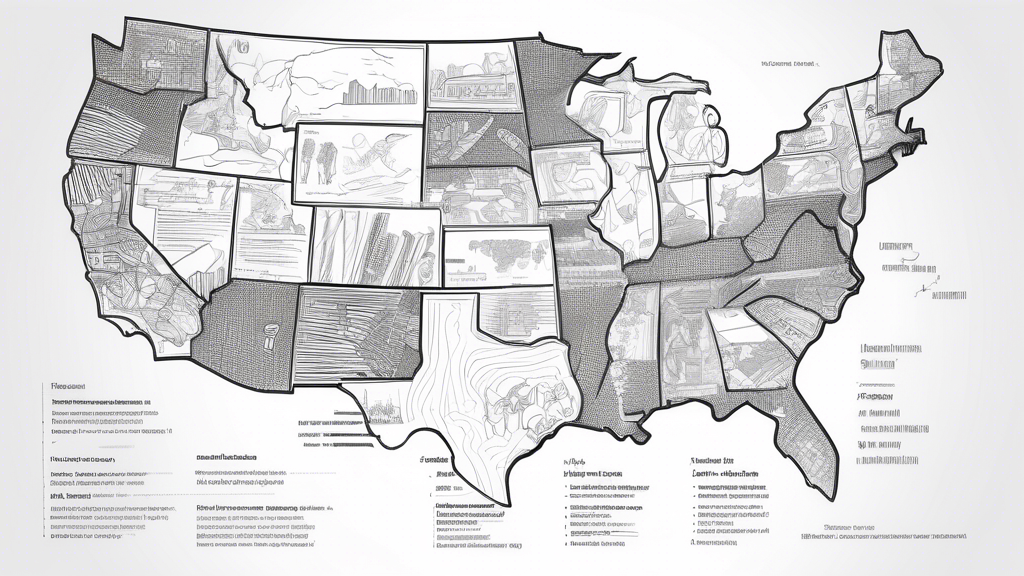
Border Enforcement and Immigration Policies: A 2024 Overview
The landscape of border enforcement and immigration policies in the United States has seen substantial changes recently, particularly evident over the course of 2024. One notable trend is the decline in apprehensions at the U.S.-Mexico border, with 54,000 migrants apprehended in October 2024. This decrease marks a continuation of a downward trend since June 2024, suggesting the impacts of policy shifts under President Joe Biden’s administration are starting to manifest.
Asylum Restrictions and Their Effects
In June 2024, new asylum restrictions were introduced, which have played a crucial role in decreasing illegal border crossings. These measures have seen apprehensions falling significantly lower than the monthly averages observed earlier in fiscal year 2024. This outcome has been central to the Biden administration’s strategy of managing asylum requests and border entries more effectively.
Providing historical context, since Fiscal Year (FY) 2021, U.S. Customs and Border Protection (CBP) has documented more than 10.8 million encounters nationwide, with over 8.72 million of these occurring at the Southwest border alone. This statistic underscores the magnitude of the challenge faced by border authorities over the recent years and highlights the complexity of balancing enforcement with humanitarian approaches.
The Northern Border Surge
An often-overlooked aspect of current border dynamics is the northern border, where encounters have surged dramatically. With a 600% increase in FY2024 compared to FY2021, the rise in crossings, especially involving Mexican nationals, has brought new challenges. This trend signifies a shift in migration patterns that authorities are now working to address with enhanced strategies and resources.
To manage increasing pressures at official entry points, the administration has extended the use of emergency parole programs. Since their introduction, these programs have allowed for the lawful admission of over 531,000 individuals from Cuba, Haiti, Nicaragua, and Venezuela. Additionally, the CBP One app has been a pivotal tool in this effort, facilitating scheduled appointments for over 852,000 individuals since its launch in January 2023.
Security and Political Implications
A significant concern remains the threat posed by individuals on the terrorist watchlist. Since FY2021, 385 individuals have been apprehended between ports of entry, highlighting ongoing security challenges. Furthermore, political implications are also a major consideration as the upcoming presidential election approaches. With the possibility of former President Donald Trump returning to office, there is concern that his hardline immigration policies might reverse the current downward trend in border crossings.
The legal debates surrounding current immigration strategies are intense. Republicans contend that emergency parole programs and the use of digital applications like CBP One act as loopholes exceeding legal limits. Conversely, the Biden administration defends these tools as necessary for managing migration effectively. This ongoing dialogue between contrasting viewpoints continues to shape the policy framework and impact enforcement outcomes at the border.
Finally, the issue of “gotaways”— individuals who elude border authorities—remains a persistent challenge. With approximately 2 million known gotaways recorded since the start of FY2021, these statistics underscore the complexities of border security and the multifaceted approaches required to address them. As such, the conversation around border management and immigration policies is as critical as ever, shaping the social and political landscape of the nation.
